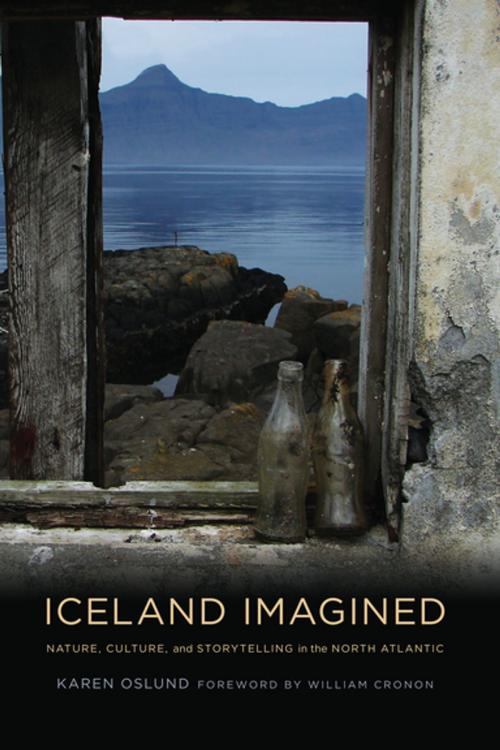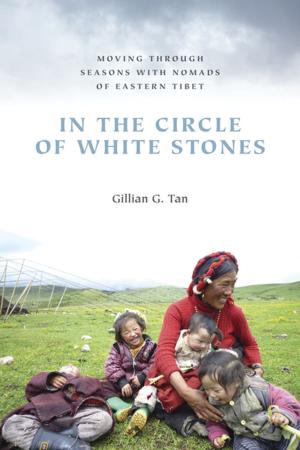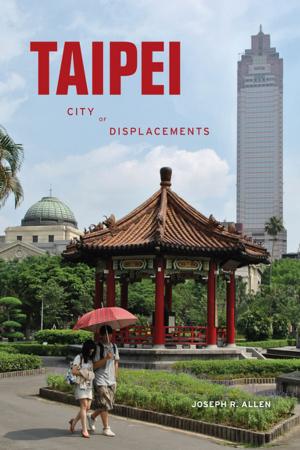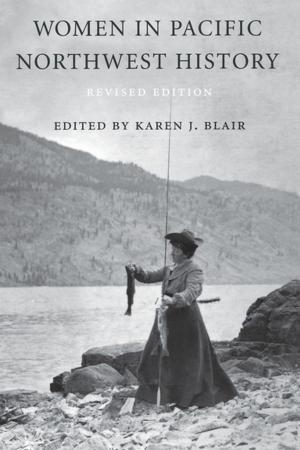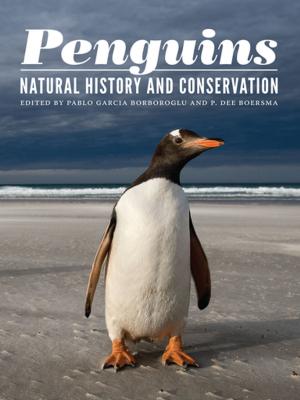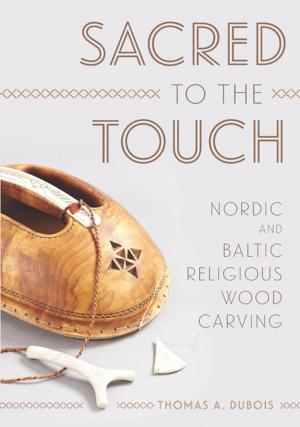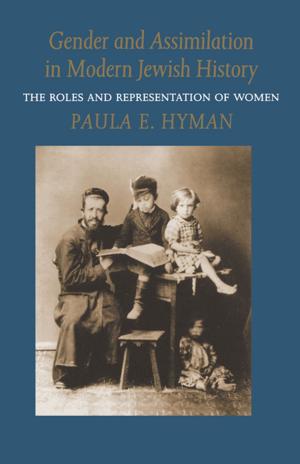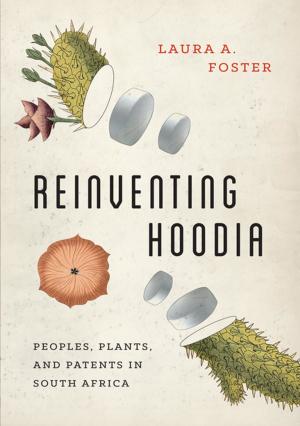Iceland Imagined
Nature, Culture, and Storytelling in the North Atlantic
Nonfiction, History, Scandinavia, Science & Nature, Nature, Environment, Environmental Conservation & Protection, Business & Finance| Author: | Karen Oslund | ISBN: | 9780295802992 |
| Publisher: | University of Washington Press | Publication: | July 1, 2011 |
| Imprint: | University of Washington Press | Language: | English |
| Author: | Karen Oslund |
| ISBN: | 9780295802992 |
| Publisher: | University of Washington Press |
| Publication: | July 1, 2011 |
| Imprint: | University of Washington Press |
| Language: | English |
Iceland, Greenland, Northern Norway, and the Faroe Islands lie on the edges of Western Europe, in an area long portrayed by travelers as remote and exotic - its nature harsh, its people reclusive. Since the middle of the eighteenth century, however, this marginalized region has gradually become part of modern Europe, a transformation that is narrated in Karen Oslund’s Iceland Imagined.
This cultural and environmental history sweeps across the dramatic North Atlantic landscape, exploring its unusual geography, saga narratives, language, culture, and politics, and analyzing its emergence as a distinctive and symbolic part of Europe. The earliest visions of a wild frontier, filled with dangerous and unpredictable inhabitants, eventually gave way to images of beautiful, well-managed lands, inhabited by simple but virtuous people living close to nature.
This transformation was accomplished by state-sponsored natural histories of Iceland which explained that the monsters described in medieval and Renaissance travel accounts did not really exist, and by artists who painted the Icelandic landscapes to reflect their fertile and regulated qualities. Literary scholars and linguists who came to Iceland and Greenland in the nineteenth century related the stories and the languages of the “wild North” to those of their home countries.
Iceland, Greenland, Northern Norway, and the Faroe Islands lie on the edges of Western Europe, in an area long portrayed by travelers as remote and exotic - its nature harsh, its people reclusive. Since the middle of the eighteenth century, however, this marginalized region has gradually become part of modern Europe, a transformation that is narrated in Karen Oslund’s Iceland Imagined.
This cultural and environmental history sweeps across the dramatic North Atlantic landscape, exploring its unusual geography, saga narratives, language, culture, and politics, and analyzing its emergence as a distinctive and symbolic part of Europe. The earliest visions of a wild frontier, filled with dangerous and unpredictable inhabitants, eventually gave way to images of beautiful, well-managed lands, inhabited by simple but virtuous people living close to nature.
This transformation was accomplished by state-sponsored natural histories of Iceland which explained that the monsters described in medieval and Renaissance travel accounts did not really exist, and by artists who painted the Icelandic landscapes to reflect their fertile and regulated qualities. Literary scholars and linguists who came to Iceland and Greenland in the nineteenth century related the stories and the languages of the “wild North” to those of their home countries.
